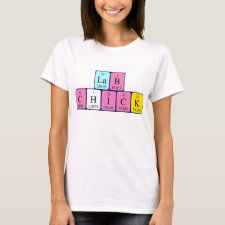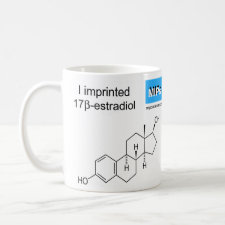
Authors: Zhang ZB, Hu JY
Article Title: Effect of Environmental Factors on Estrogenic Compounds Adsorption by MIP.
Publication date: 2010
Journal: Water, Air, & Soil Pollution
Volume: 210
Issue: (1)
Page numbers: 255-264.
DOI: 10.1007/s11270-009-0247-x
Abstract: Abstract: In this study, the effects of environmental factors, including humic acid (HA), pH, ionic strength, and the coexistence of competing estrogenic compounds, on the adsorption of four typical estrogenic compounds, estrone (E1), 17β-estradiol (E2), 17α-ethinylestradiol (EE2), and bisphenol A (BPA), were studied by molecularly imprinted polymer (MIP). The adsorption capacities of MIP for E2 were 116.3, 118.5, 127.0, and 109.0 μmol/g at HA concentrations of 0, 5, 15, and 20 mg/L in total organic carbon, respectively, while the corresponding adsorption capacities of nontemplate imprinted polymer (NIP) for E2 were 98.1, 109.4, 113.8, and 98.0 μmol/g. This implied that no significant trend could be found with the increasing HA concentrations. Furthermore, the selective adsorption capacity, represented by the difference in adsorption capacities between MIP and NIP, was not affected significantly. Similar observations were noted for E1, EE2, and BPA in the presence of HA. Ionic strength did not exert a considerable influence on the adsorption capacities of MIP and NIP for E1, E2, and BPA. However, at 0 mM of NaCl, EE2 adsorption capacities of MIP and NIP were 124.7 and 111.7 μmol/g, respectively, while the corresponding adsorption capacities were 144.7 and 138.2 μmol/g at 10 mM of NaCl due to the increased hydrophobic interactions. Nevertheless, the selective adsorption capacity was not significantly affected by the range of ionic strength tested in this study. The study demonstrated that there was no significant effect of pH on the adsorption capacity of both MIP and NIP from pH 3.1 to 9 and that no considerable effect of pH on selective adsorption capacity of MIP could be established. However, the adsorption capacities of MIP and NIP for E2 at pH 9 were 95.1 and 82.9 μmol/g, while at pH 11, the adsorption capacities were 12.1 and 5.9 μmol/g correspondingly. This means that adsorption capacity and selective adsorption capacity were influenced significantly due to the ionization of target compounds. A similar trend was observed for E1, EE2, and BPA. The study on the effect of the coexistence of competing estrogenic compounds demonstrated that selective adsorption capacities of MIP can be influenced. Differences between MIP and NIP for E1, E1, EE2, and BPA under competing conditions were 8.8, 6.8, 10.2, and 4.2 μmol/g, respectively, while the corresponding differences were 12.6, 18.2, 13.0, and 9.8 μmol/g, respectively, when adsorbed individually
Template and target information: estrone, E1, 17β-estradiol, E2, 17α-ethinylestradiol, EE2, bisphenol A, BPA
Author keywords: selective adsorption, molecular imprinted polymer, estrogenic compounds, Environmental factors



Join the Society for Molecular Imprinting

New items RSS feed
Sign-up for e-mail updates:
Choose between receiving an occasional newsletter or more frequent e-mail alerts.
Click here to go to the sign-up page.
Is your name elemental or peptidic? Enter your name and find out by clicking either of the buttons below!
Other products you may like:
 MIPdatabase
MIPdatabase









